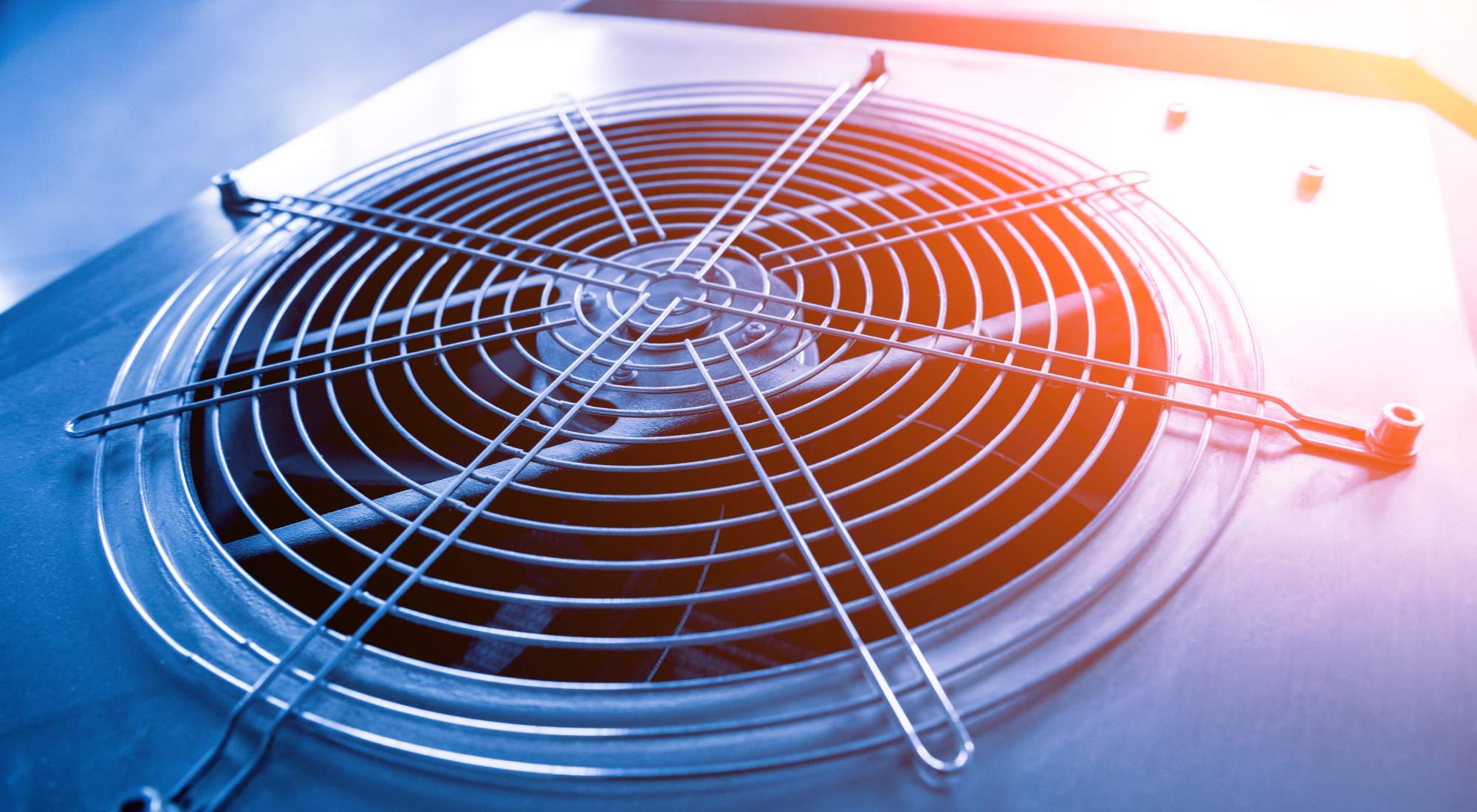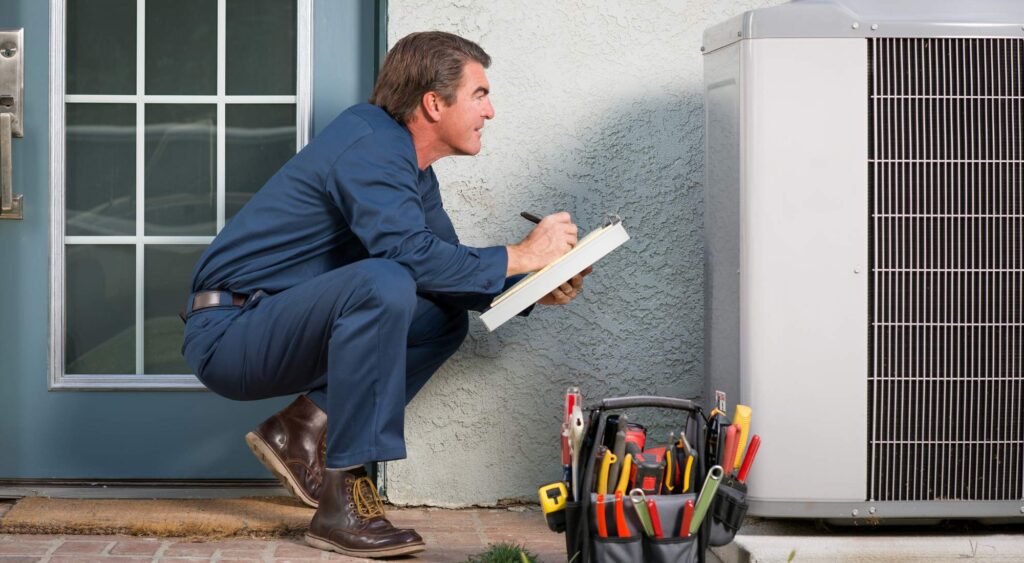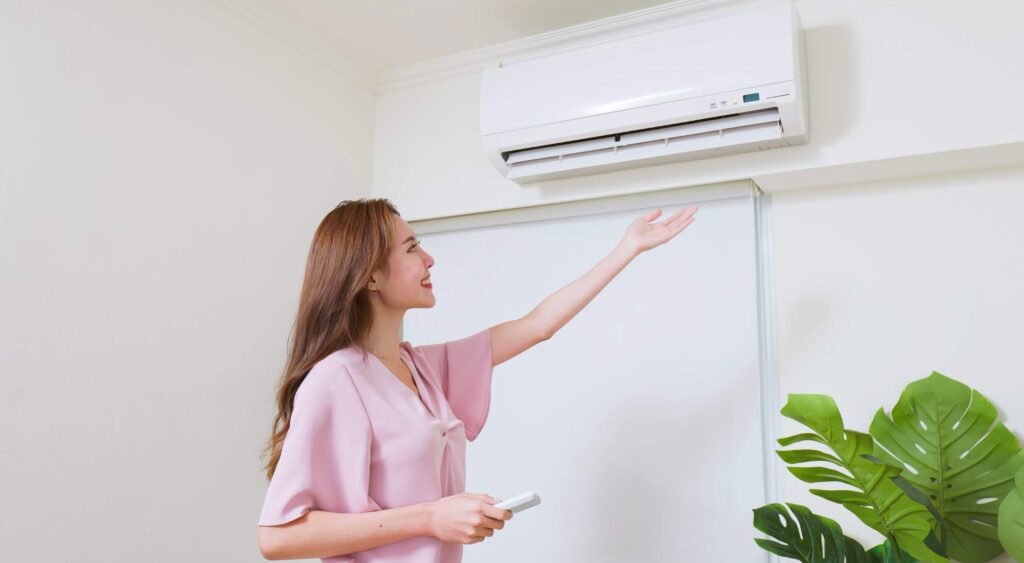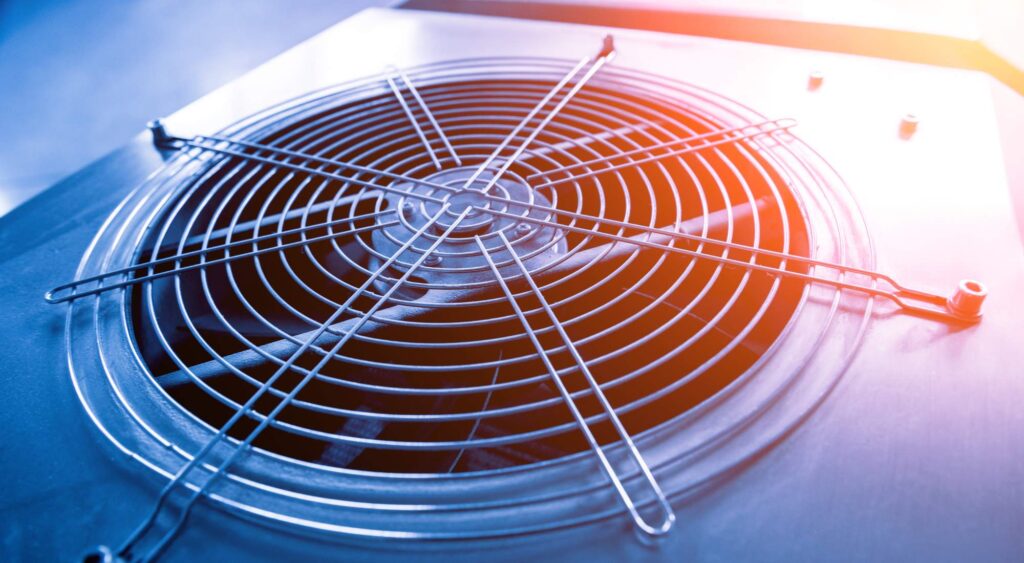
So, it’s time to get a new HVAC unit for your home.
Just when you thought shopping for a new air conditioner or furnace couldn’t get more stressful, you learn about BTUs. You’re sitting there wondering, “What does a BTU mean?” when you realize you are out of your element and need a little help.
By the end of this article, you’ll understand all you need to know about BTUs and your HVAC appliances, and you might have a few facts you can pull out of your pocket to impress your friends and family. Keep reading to uncover all the details behind BTUs, why they’re used, and how they can help you understand your space’s needs.
Table of Contents
- What Is a BTU?
- Why BTUs Are Important
- How To Choose the Right BTU Measurement for Your Home
- FAQs About British Thermal Units and HVAC
- Contact the Portland HVAC Experts at AAA Heating and Cooling for Help With Replacing Your System
What Is a BTU?
Established around the 1800s by British mathematicians and early physicists, a British Thermal Unit (BTU) is a measurement that determines the amount of heat needed to raise a single pound of water by one degree Fahrenheit.
While the original purpose of BTUs was to determine the right amount of steam to create thermal energy, this vital measurement now helps your air conditioner and furnace work together to maintain a comfortable humidity and temperature within a space.
The official formula for BTU is:
- BTU = Flow Rate In GPM (of water) x (Temperature Leaving Process – Temperature Entering Process) x 500.4*
For electricity, BTUs are determined as 1 kilowatt per hour = 3,412 BTU. For gas, it is one cubic foot = 1,036 BTU or one therm = 100,000 BTU.
For the average layman, these terms can seem complicated, but the math and science behind heating and cooling is just a typical day for the professionals at AAA Heating and Cooling.
As the premier Portland HVAC company, we specialize in helping home and business owners maintain the indoor comfort of their space all year round. This means helping our clients choose and install the best HVAC appliances for their needs.
What Does BTU Mean in Air Conditioning?
BTU is a vital measurement that governs how much energy your AC requires to remove heat from a given space in an hour (commonly referred to as BTU input).
Since ACs use a system of coils and fans to pull heat from indoor air and jettison it outside, BTUs best represent how well your AC can perform based on:
- Square footage of a room
- Exposure to thermal energy (sunlight)
- Current energy costs
- Insulation
- Room shape (height and widths of walls, ceiling, windows, and doorways)
While the exact formula relies on intricate factors, when you get into the nitty-gritty of it, most spaces require 20 BTUs for every square foot of living space that needs cooling.
For example, if your home is 1,800 sq. feet, you will need a unit with a BTU rating of roughly 36,000. Remember, this is just a rough estimate; the amount of cooling power you need may differ depending on the factors mentioned above.
Here’s a simple chart detailing using square footage to determine the recommended amount of BTUs your AC may need.
| Square footage of space | BTUs needed |
| 700-1,000 | 18,000 |
| 1,000-1,200 | 21,000 |
| 1,200-1,400 | 23,000 |
| 1,400-1,500 | 24,000 |
| 1,500-2,000 | 30,000 |
| 2,000-2,500 | 34,000 |
This calculator can help you determine the amount of BTUs your AC will need to cool your home.
What Does BTU Mean in Heating?
Conversely, where BTUs help determine the amount of energy needed to cool a space, this measurement is also used to help determine how much energy is needed to heat an area.
Like BTUs for ACs, the units needed to heat a space depend on various factors (most importantly, indoor vs. outdoor temperature). Still, the general rule of thumb for furnaces is 40 to 45 BTUs per square foot. For example, a 2,000-square-foot home in Portland may need 90,000-110,000 BTU.
Unlike ACs, which only need to portray BTU input ratings, furnaces rely on BTU input and output ratings:
- BTU input rating: Used to determine the size of the furnace needed to work in a certain amount of space
- BTU output rating: The amount of energy a furnace uses to heat the air in a space based on efficiency
Together, these ratings make up the Annual Fuel Utilization Efficiency (AFUE) ratio, which is calculated by dividing a system’s total heat output by its total energy input over a specific period of time.
Here’s a simple chart to help you estimate the needed AFUE ratio your furnace may need based on ceiling height and outside temperature.
| Square Ft | 10° F | 20° F | 30° F | 40° F | 50° F |
| 1,600 | 42,560 | 85,120 | 127,680 | 170,240 | 212,800 |
| 2,000 | 53,200 | 106,400 | 159,600 | 212,800 | 266,000 |
| 2,400 | 63,840 | 127,680 | 191,520 | 255,360 | 319,200 |
| 2,800 | 74,480 | 148,960 | 223,440 | 297,920 | 372,400 |
| 3,200 | 85,120 | 170,240 | 255,360 | 340,480 | 425,600 |
Why BTUs Are Important
BTUs effectively help consumers and heating and cooling professionals understand the efficiency of specific HVAC systems for a building space. Having a firm grasp on this concept could be the difference between burning money as you freeze in an underheated home and enjoying the indoors no matter the temperature outdoors.
How To Choose the Right BTU Measurement for Your Home
You could use one of the charts above to determine the BTU rating your HVAC appliances should need for the size of your home, or you can calculate the right BTU for your home like a true professional!
Here’s how:
- Calculate your home’s exact square footage: If you don’t have your home’s original blueprints lying around, you can do this by multiplying your room’s length by width. The standard BTU calculation relies on the average ceiling height (8 feet); you may need to call an HVAC professional or use a different calculation method if your ceiling is higher than this.
- Use your calculations to estimate your required BTUs: Remember, it’s 20 BTUs per sq. foot for cooling inputs and 40-45 BTUs for heating inputs and outputs.
- Make adjustments for other factors: Additional adjustments Energy Star recommends considering when calculating your heating and cooling BTUs include:
- Configure a less than 10% difference in the recommended BTU if the room is heavily shaded.
- If the room is very sunny, increase capacity by 10 percent.
- Make room for a 10% difference if there are kitchen appliances in the room.
- Tack on an additional 4,000 BTUs if the room typically has more than two occupants at a time.
Failing to calculate the right HVAC BTU ratings for your heating and cooling needs could cost you. Luckily, the experts at AAA Heating and Cooling are trained to calculate the exact BTU requirements for your space.
For over 60 years, we’ve been helping Portland remain cool. We understand the unique heating and cooling requirements needed to be comfortable in this somewhat temperamental climate.
FAQs About British Thermal Units and HVAC
Here are some common questions the professionals at AAA Heating and Cooling are more than qualified to answer.
Why Do We Use BTUs?
For decades, BTUs have been used to calculate our energy, heating, and cooling needs. Common reasons we continue to use BTUs include:
- Standardization: BTUs provide a uniform way to measure and compare the energy output and input of various heating and cooling systems, empowering both consumers and professionals to make informed decisions about equipment and energy usage.
- Energy Measurement: BTUs make it easier for the average consumer to estimate the energy requirements for different sizes of spaces or types of equipment.
- Efficiency Comparison: By comparing the BTU ratings of different systems, you can assess the energy efficiency of a unit to help you choose the best HVAC appliances for your property.
- Sizing Equipment: BTU rating helps us appropriately size heating and cooling systems to ensure they efficiently operate and maintain indoor comfort levels without excessive energy use.
- Energy Costs: BTU measurements can help estimate energy costs, ultimately saving you a lot of money in energy costs!
How Are BTUs and Tonnage Linked?
For air conditioners, tonnage is used to describe how much heat the AC unit can remove from a home in one hour. For example, one ton of heating refers to the amount of heat needed to melt one pound of ice in roughly 24 hours, which is about the same as 12,000 BTUs per hour.
Using this example, a two-ton AC unit has a 24,000 BTU/hr cooling capacity since 12,000 x 2 = 24,000. A 2.5-ton unit has 30,000 BTU, a 3-ton unit has 36,000 BTU, and so on and so on.
How Do I Calculate Kilowatts Using BTUs?
Before you go to your local appliance dealer to buy an HVAC appliance, you may also want to know how much electricity it will take to cool or heat your home. By converting BTUs to kilowatts and kilowatt-hours, you can use this information to empower your HVAC decisions and control utility costs.
A kilowatt (1000 kW) measures the rate of power an electrical device or load uses. The higher the kW of a device, the more electrical power is required. When it comes to heating or cooling, a kilowatt can help you determine how much energy your HVAC appliances use.
To convert kilowatts to BTUs, multiply your BTUs by .000293 (the number of kilowatt-hours in one BTU). For example, if you’re looking for an air conditioner with 18,000 BTU, you’d have 5.27 kilowatts or 5,270 watts. Imagine your AC operates for four hours a day. Within that time, your air conditioner would consume 21.08 kilowatt hours (5.27 kilowatts x 4 hours).
To calculate this:
- 18,000 BTU x 0.000293 = 5.27 kW
- 5.27 kW x 4 hours a day = 21.08 kW hours
To determine your estimated monthly energy costs, multiply your kW hours by 30 (for 30 days).
Does a Higher BTU HVAC Unit Mean You Get Better Heating and Cooling?
When it comes to the efficiency of your HVAC system, bigger is not always better!
It’s crucial to use the best BTUs for the size of the space you want to heat or cool. Generally, an AC requires 20 BTUs for each square foot of space, and a furnace requires 40 to 45 BTUs per square foot. This might apply to an entire building or a single room.
If you get an HVAC appliance with too many BTUs compared to the square footage of your home, you may see a rise in your energy costs. If you get a heating and cooling appliance with too few BTUs for your home, it likely won’t be able to completely cool or heat your space.
Can’t make heads or tails of your heating and cooling needs and don’t want to risk costing your energy budget or home’s comfort?
Turn to the most skilled and knowledgeable heating and cooling professionals in Portland.
At AAA Heating and Cooling, we prioritize quality and customer service. Where other HVAC pros may just rush through your services to make a quick buck, we pride ourselves on our ability to support our clients with valuable industry insight and dedicated care.
Contact the Portland HVAC Experts at AAA Heating and Cooling for Help With Replacing Your System
Are you in the Greater Portland area and need the best of the best to service your heating and cooling needs?
At AAA Heating and Cooling, BTU is our middle name. Well, it might not be, but we are more than qualified to help you find the best BTU-rated appliance for your heating and cooling needs.
Aside from being highly qualified and extensively trained in the art of HVAC, we are dedicated to helping Portlanders remain comfortable in their homes and businesses all year round.
By providing reliable, client-centered service, we remain the top HVAC provider in the area. We understand how frustrating heating and cooling troubles can be and how complicated the science behind them can be.
Our dedicated professionals are always available to answer your questions or service your HVAC system when you need it most.
Schedule an appointment or learn more about our services today.



